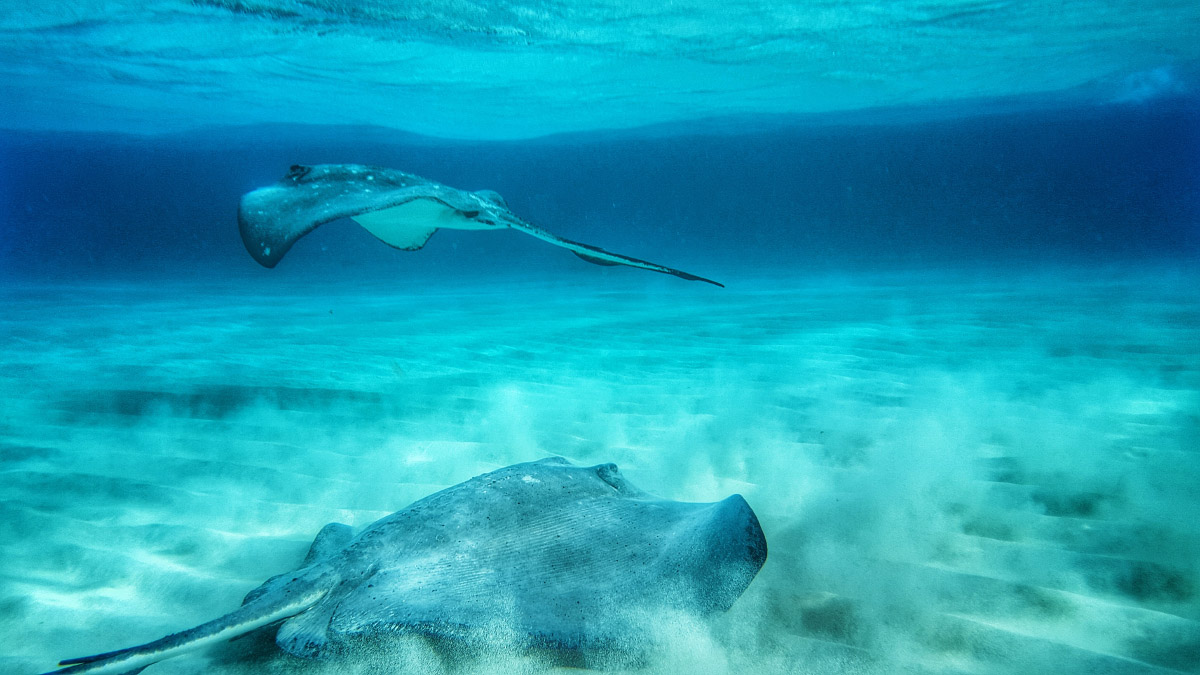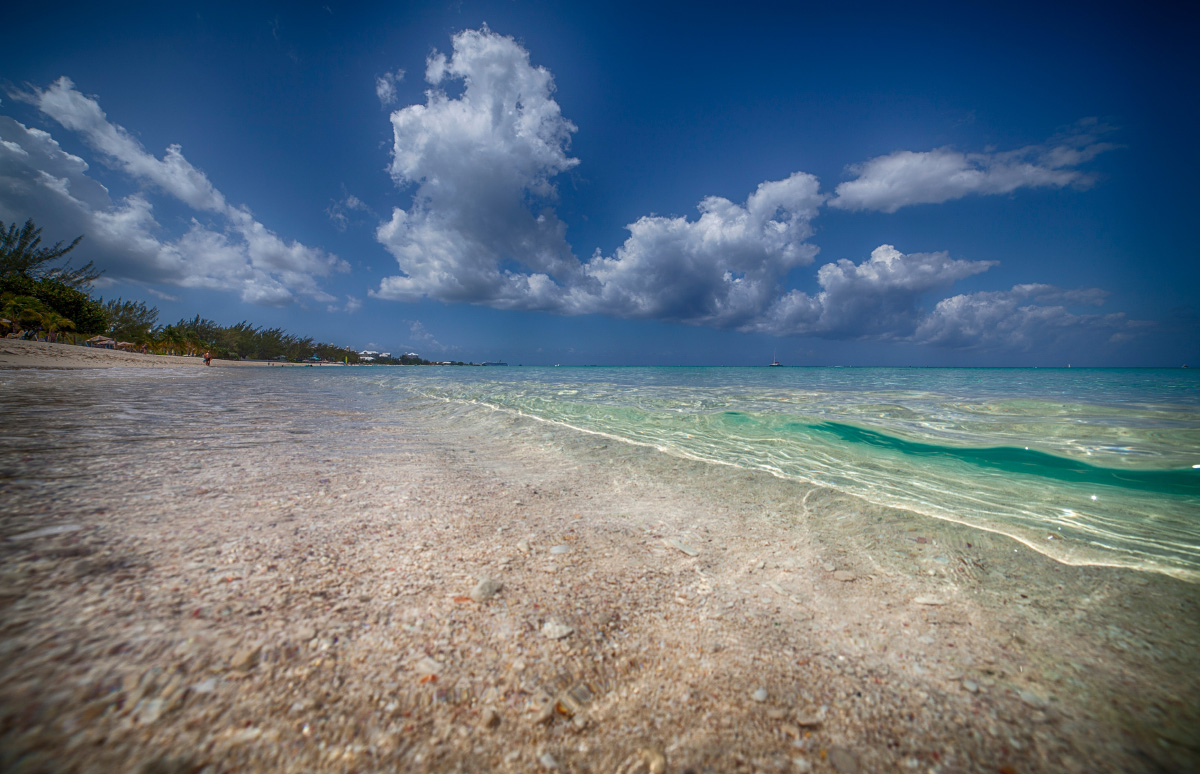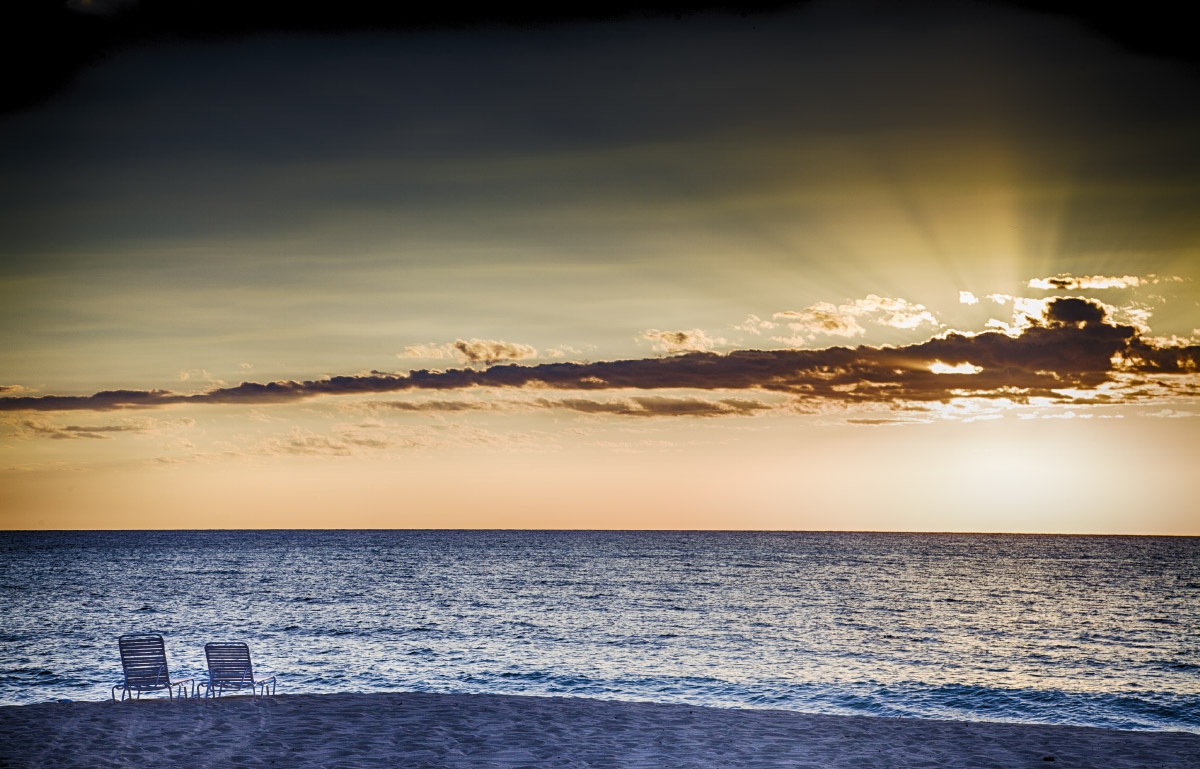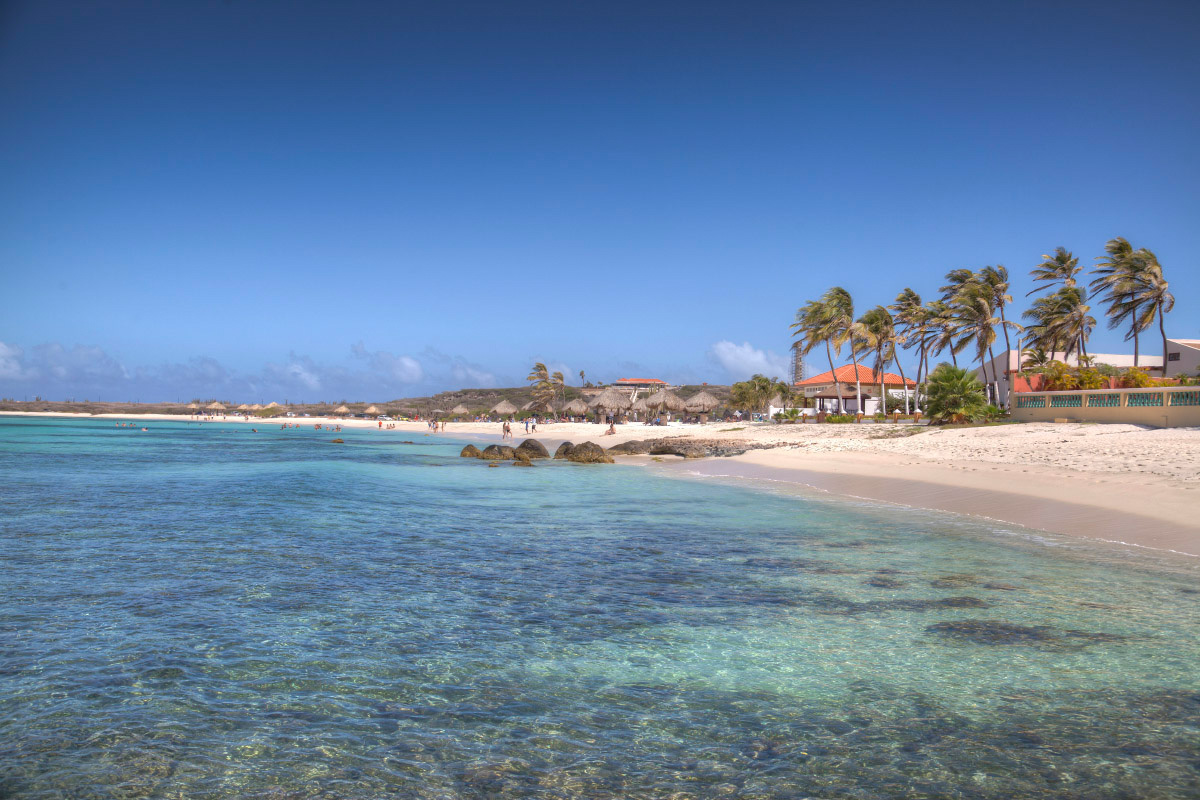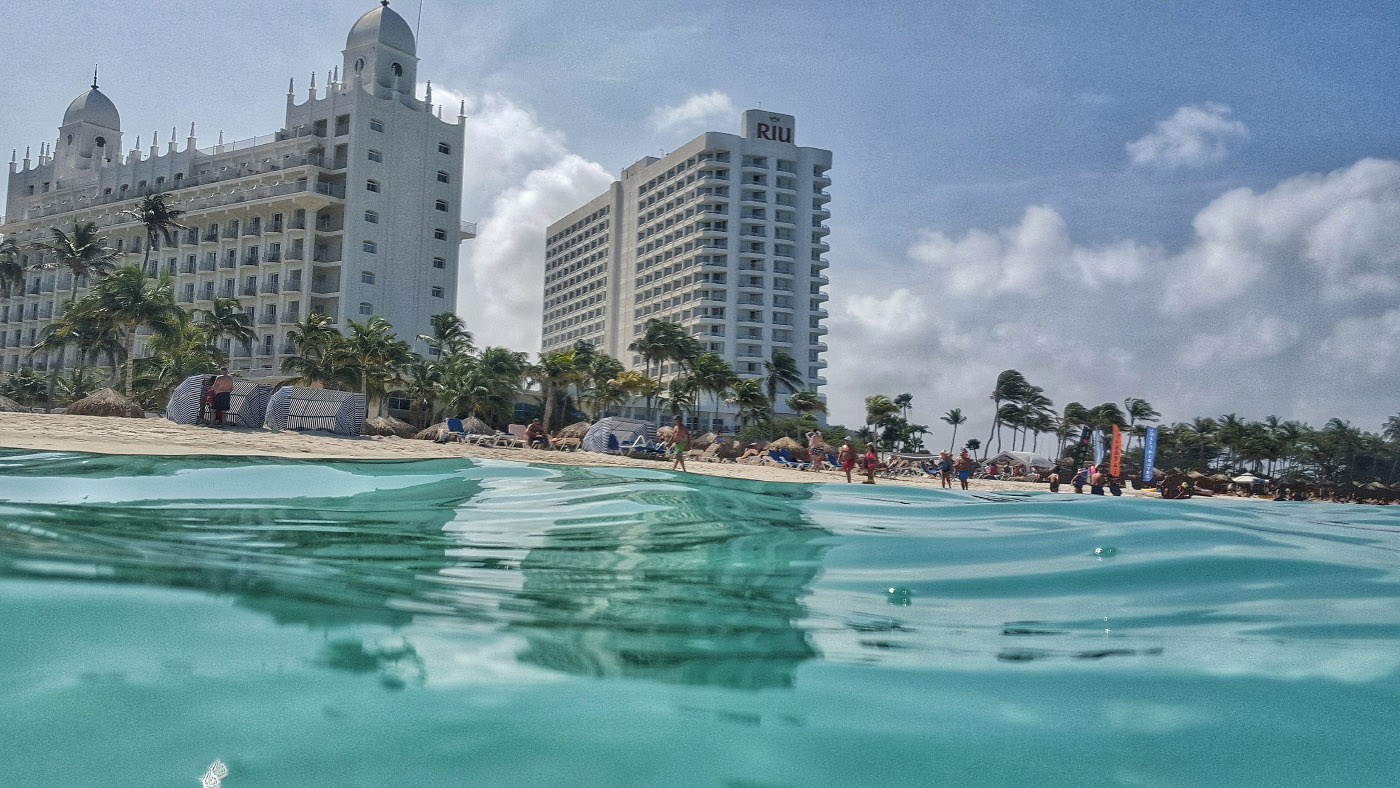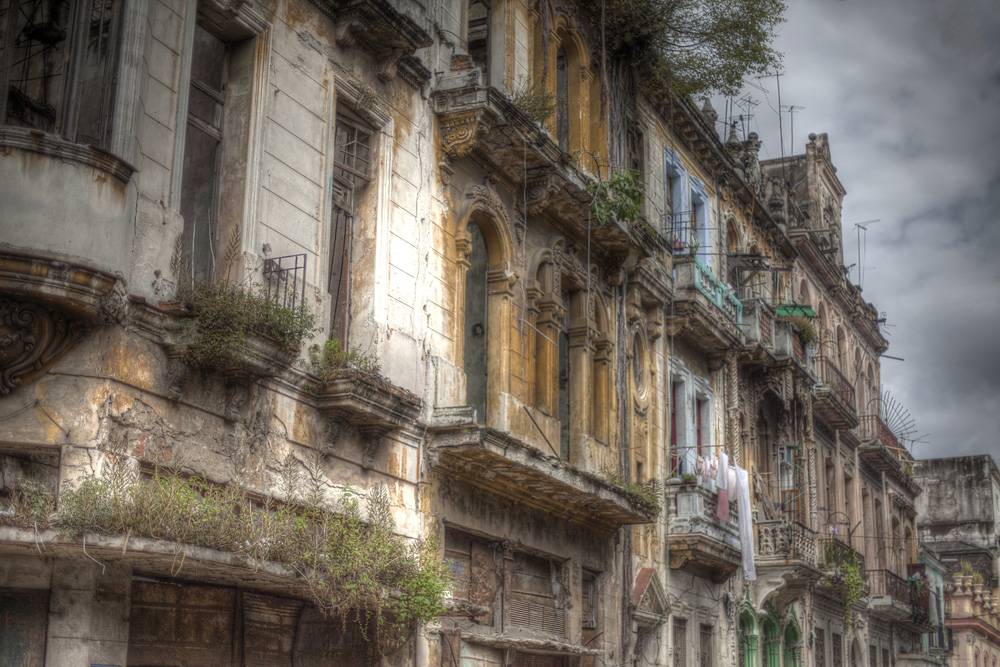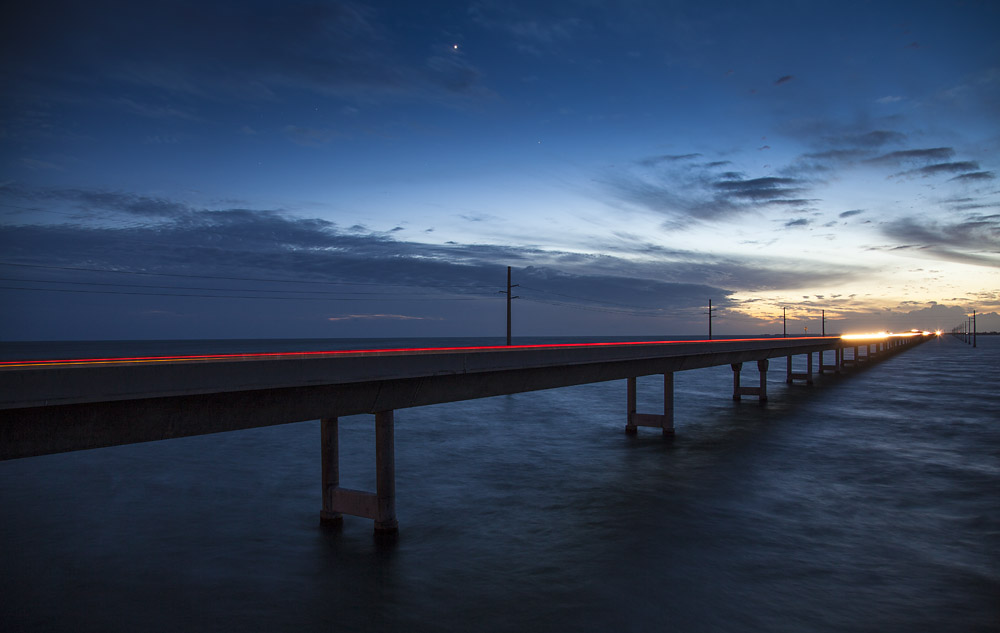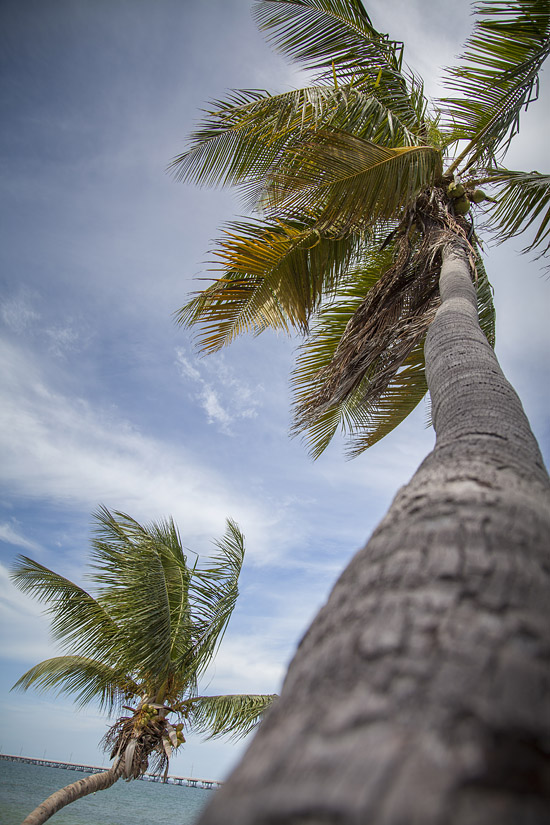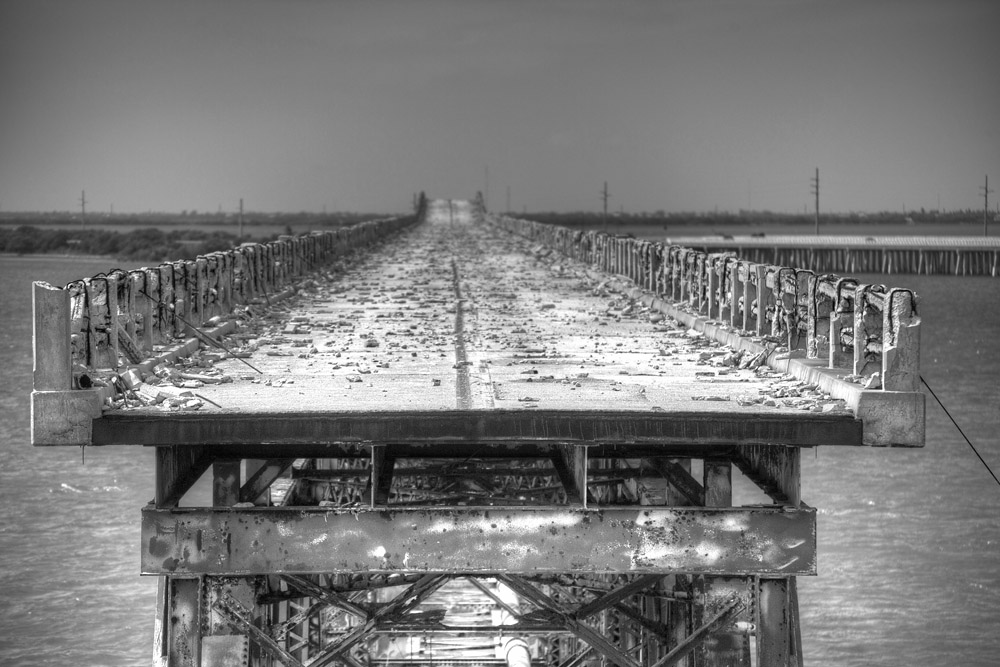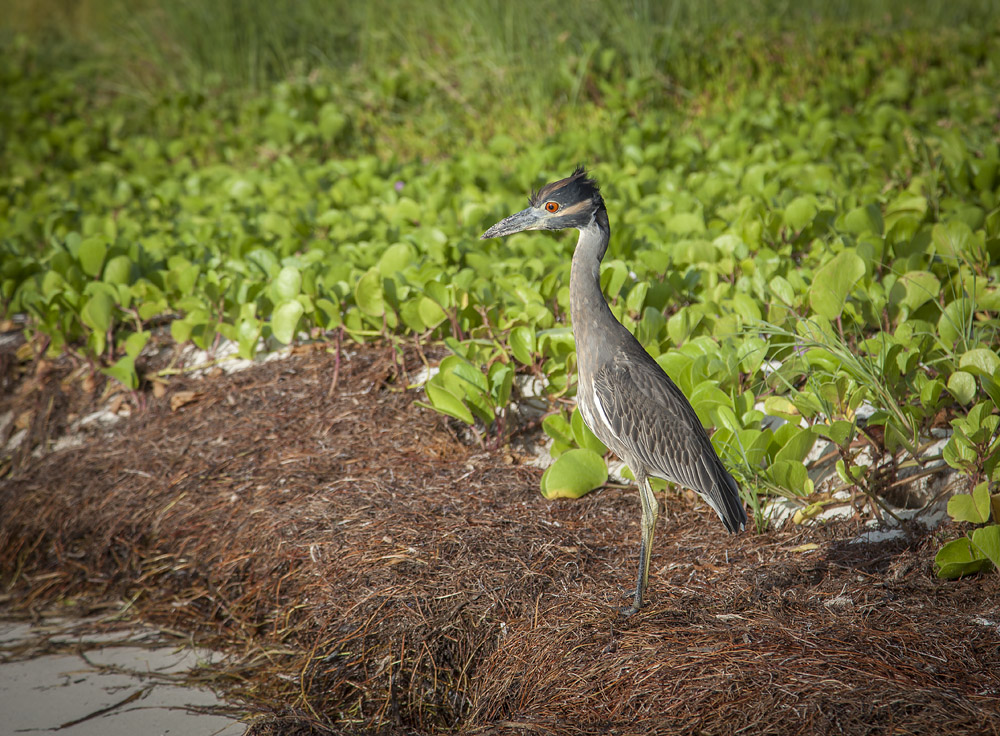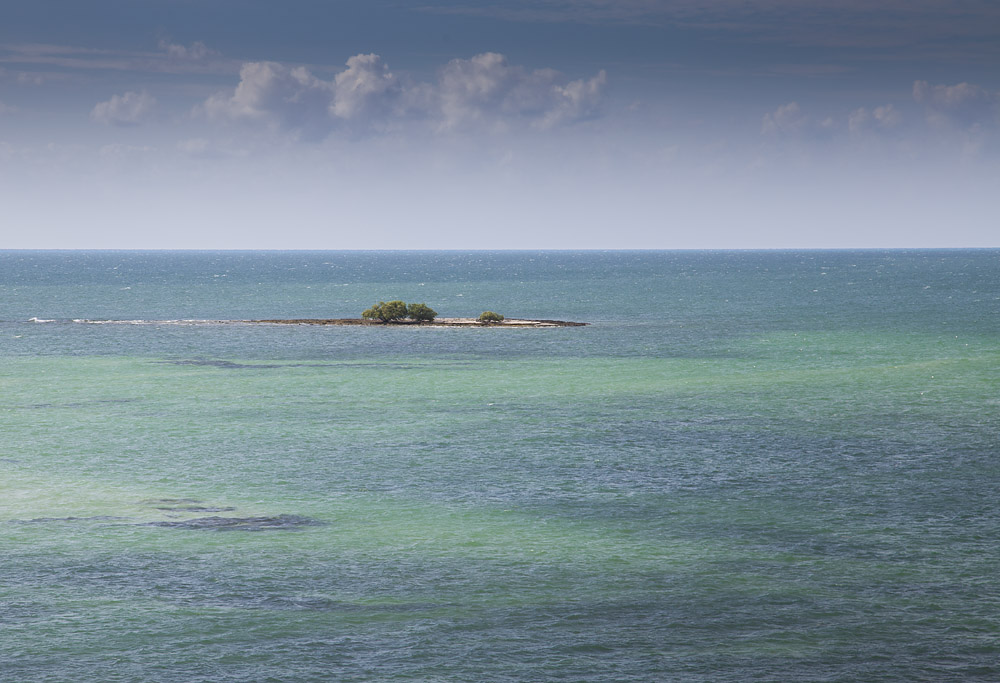Offshore in the Caymans
Looking insignificant in an Atlas, Grand Cayman is the largest island of the tiny Caribbean nation called the Cayman Islands. The island is known for two things: the wealthy offshore banking economy and the unbelievable beaches. It’s a generally quiet island, where tourists spend days relaxing on the beach rather than at late night parties. If calm, clear, idealistic blue water is your priority, there may be no better place to visit. Either that, or click the link for the gallery.
Aruba
A small island some 29 miles off the coast of Venezuela, Aruba is one of the Caribbean’s driest islands. Though initially colonized by the Spanish during the conquests of the 16th century, the island would eventually find itself under Dutch control in 1636. Ever since, it has been considered part of the Dutch Caribbean. The remarkably warm and dry climate has helped Aruba develop a large tourism industry – three quarters of Aruba’s economy comes from tourism or related activities. The turquoise waters and white sand are typical of an island paradise in the Caribbean, but for many who visit, the guarantee of warm sunny weather year round is the reason to return to Aruba.
Aruba is truly an island in the sun, a great place for a guarantee of perfect weather for those of us that like it hot and dry. Check out a small preview below, and follow the link to the full gallery.
Vibrant and Crumbling
With all the crumbling and overgrown buildings in Havana, there’s still the feeling of something grand, something remarkable in the architecture.
Underneath the trees on Paseo de Marti, I was reminded of the famous La Rambla in Barcelona. They both feature a grand pedestrian thruway, with marble benches and a dense canopy of trees insulating against the bustling city. Instead of hotels, shops and theaters like in Barcelona, however, there are many skeletons here in Havana. Some buildings have collapsed entirely. Most sit empty, or at least in disrepair. There are no buskers or shops yet along Paseo De Marti, although I get the feeling that may change as more economic reforms allow Cubans to open private businesses. Havana is an incredible city, but its potential is what’s really astonishing. Or is it just that, the fact that it’s so clearly a city deserving of some care, that makes it truly special? Elsewhere in Havana I ask the same questions; Along the powerful Malecon, in front of El Capitolio, in the plaza of the Havana Cathedral: Do I love Havana for it’s potential, or because it’s so special just the way it is?
Paseo de Marti
The Malecon
The Keys: 1700 islands
The overseas highway gracefully arcs across 43 islands and over 200km with The Atlantic Ocean on one side, and The Gulf of Mexico on the other. Its single lane in either direction is all that connects these small coral islands to the mainland, so as you drive further and further over these bridges into the middle of an ocean, you may consider if a highway this long and narrow has any business making its way so far out into the ocean.
Tourism in the Keys has certainly had an effect on the way of life here, but the locals seem to have their own brand of laid back and easy going. The people I met were outgoing and friendly; every waitress, bar tender, even a hotel owner who invited us into her home for her homemade Key Lime Pie. If it wasn’t enough that the weather is tropical, the islands are picture perfect, and the seafood is fantastic (I’d go back for the stone crab alone), the people in the keys won me over and made this trip an enriching one.
You may want to click here for the gallery.
You may want to click here for the gallery.

